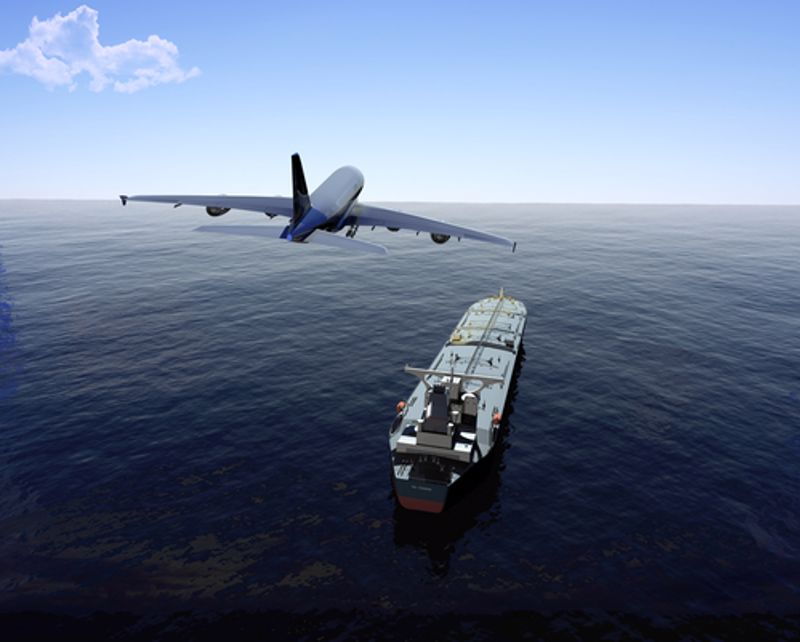The grim assessment comes from industry executives who recently convened at the annual Trans-Pacific Maritime Conference held in Long Beach California. Citing ongoing struggles like high employee turnover, elevated demand and limited space to offload, industry stakeholders warned we've likely already seen the best of what the year has to offer for overall port performance.
"We don't see the tide turn in 2022," said Thorsten Meincke, who serves as a board member for logistics firm DB Schenker, as quoted by Supply Chain Dive.
The Ports of Los Angeles and Long Beach — the two busiest in the country — use a variety of key performance indicators to assess how things are going there at any given moment, such as number of gates moved, reefer dwell time, berth time and container dwell time. Despite January being the single busiest first month of the year since the Port of Los Angeles originally opened back in 1907, several of those KPIs have improved from where they used to be, according to Port of Los Angeles Executive Director Gene Seroka. But the bottlenecks and vessel delays that have become the norm will almost certainly stick around for a bit longer.
Ronald Widdows, chief executive officer for chassis service firm FlexiVan Leasing, said that virtually all vessels and port users are operating at peak capacity. "Every ship is full," Widdows explained. And there's no ship ready to come on the next voyage. So I think that goes on for a while."

Traffic is up despite heftier shipping rates
Largely in response to elevated demand, shippers are now charging more. For example, during a recent earnings call with investors, outdoor cooking products manufacturer Weber said it will raise rates in the coming weeks, the third time that it's done so in the past year.
Even though dwell times are down and containers are being unloaded and removed at a quicker clip than they have been in the past, high vessel volume is keeping the ports in a persistently busy state. Indeed, according to Sea-Intelligence, west coast ports are expected to see a 40% increase in the number of vessels originating from Asia this spring compared to 2019.
"This is just a symptom of a bigger problem that is global that affects origin ports in Asia, and that's probably going to continue so I think we're gonna see more waves," Widdows said, as quoted by Supply Chain Dive. "It gets better a little bit then 'Here they come again.'"
Meanwhile, after a record-setting January for the Port of Los Angeles, shipping volume nearly hit an all-time high for ports overall in February, with facilities handling approximately 2.07 million TEUs, according to Hackett Associates and the National Retail Federation. That's a 10.5% increase compared to a year earlier (1.87 million).



Post A Comment:
0 comments so far,add yours